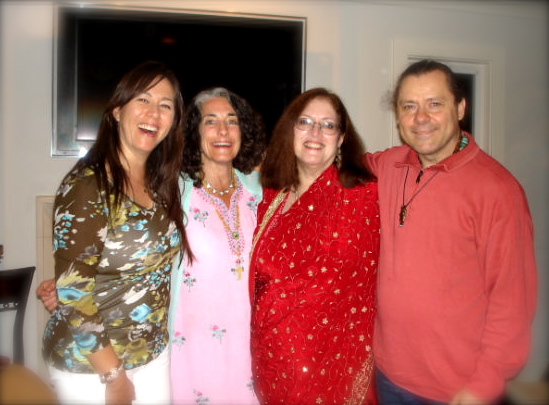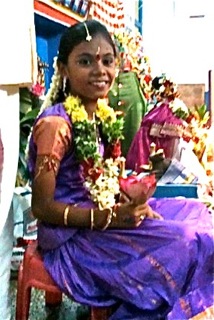Weather You Like it or Not

In the first 24 years since I left New York City for the suburbs, there was only one time when we lost power for days. It was when my (then) husband and I had just moved to Armonk, NY and Hurricane Gloria passed through, forcing us to move in for three days with my parents in the Bronx since we had no power, water, etc.
(In those days there was no internet, and no cell phones, the fax had just been invented. The reality of being tied to devices in order to run business and life was still a decade away.)
In the scant two years since I’ve moved to my current location in CT, there have been four times when the power has been out for several days…up to four or more.
So, the Northeast was socked by yet another storm that knocked everything off kilter, worse than when Hurricane Irene came by in September. the leaves are still on the trees and a heavy wet snow fell; the weight of it brought down power lines and trees all over. There’s a state of emergency on in many areas around.
After spending a night in a very cold house in the dark, I packed up the perishable contents of my freezer and made my way around blocked roads to my brother’s house 40 minutes away. They have a generator and so had light and heat.
One gets very grateful for such “small” things. I didn’t think I’d get back to my house for a week or more, but they did our block quickly, so it was only two days this time.
Many of my friends, as well as my business place, are still without power and are camping out where they can with friends in the city, or are just making due. At least the temperatures went back up to “normal” fall levels.
In the midst of all this, the street was just clean enough by Halloween that the trick-or-treaters came out in force, including people who migrated here from other areas where power cables are still down and too dangerous.
Disruption of all kinds is the new normal. And with each one comes an increasing sense of vulnerability at just how dependent we are on this fragile infrastructure we call modern life.
The Inner Voice

Learning to trust the inner voice, (or Inner Voice) is natural to some people, but a learned skill for most.
In the beginning the Voice can seem like just another thought amidst the LA Freeway Traffic Jam of the Mind. Yet something about it catches our attention: perhaps the thought is novel in some way, or there is a body sensation that accompanies it, or it’s a thought that just keeps coming around for another turn, asking for attention. Learning the difference between the voice of guidance (“call that person!”) and the voice of the ego-mind (“go ahead, eat the chocolate cake!”) is a skill worth mastering. And, it’s a lesson that’s never over, Spirit keeps upping the ante.
Life teaches us about intuition, and for some it’s a slow learning process. “I had a feeling I shouldn’t have gone out tonight…” “I knew I should have called her…” My healer friend Robbins Hopkins has an expression: “You get as many chances as you need.” It’s her gentle take on the reality that life will keep repeating the circumstances—both the tough lessons and the golden opportunities— till you step up and match the lesson being offered.
For some people, guidance comes in very strongly, in a clearly discernible way. Over decades, I’ve become one of those people. It wasn’t always as clear as it is now. Still, there are moments when I question, because it can be a thin line between your lower mind and your higher Self at times. Negotiating that line is one of the main lessons in life.
Just prior to a trip to California to do a healing/blessing event, when I received an inner message saying I should bring along a red silk sari I bought two years ago on a trip to India and had never yet worn, that little voice of doubt raised it’s volume for a few moments. Wearing a queenly red sari and playing the guitar at the same time could raise all sorts of questions in the minds of attendees, and did I really want to deal with that? (One of the participants later suggested I call it a “guitari.”)
But years of experience have taught me to trust and listen, and so I did. Upon arriving in CA, I found that my co-leader, Rev. Susi Roos, had also brought along her Indian garb, so we knew something was afoot.
That something turned out to be an evening devoted to the blessings of the Divine Feminine. Everything both of us had brought in our hearts and in our suitcases turned out to be perfectly synched, helping to create a powerful experience for the attendees and for us as well.

What messages have you received that you have brushed aside as silly thoughts, or that put you at risk of looking foolish? When have you followed that guidance and realized it was the Real Deal? I’d love to hear from you in the comments! (If you are reading this on the Home Page, Comments links are at the bottom. If you are reading this as a single-entry page, the Comments link is at the top.)
- ← Previous
- 1
- 2
- 3
- Next →









